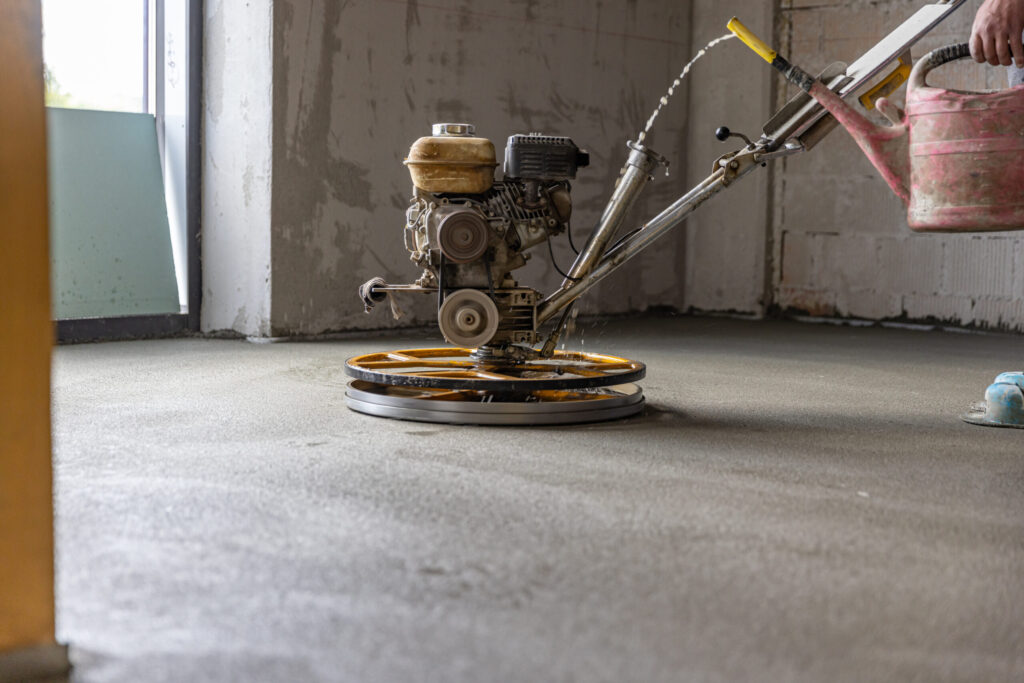How To Customize Your Concrete Flooring
Concrete flooring has become a canvas for homeowners and designers looking to create a signature look in residential and commercial spaces. Gone are the days when concrete was just a dull, grey slab. With advancements in concrete treatment, the options to customize your floors are virtually limitless, offering an array of colors, textures, and finishes that can match any decor. If you’re considering a renovation or simply want to spice up your current space, exploring customization options for your concrete flooring is a smart move. Keep reading to discover the methods and benefits of transforming your concrete floors into a work of art.
Exploring Stained Concrete Options for a Unique Look

Stained concrete is favored by many for its mottled, variegated finish that resembles natural stone or marble. Water-based stains penetrate the concrete, creating a permanent color that does not fade or peel away. This technique can achieve a range of hues from translucent to opaque, giving you versatility in design.
Acid-based stains offer earthy tones and unique effects due to the chemical reaction between the stain and the concrete. With colors that mimic the look of weathered metals, stone, and wood, acid stains can produce finishes that are one of a kind, with each application resulting in a slightly different pattern.
For those unsure about committing to a color, an Aquacolor trial kit can be a good start. This way, you can experiment with various shades before deciding on the perfect hue for your space. Test patches of Aquacolor also help you see the final outcome on your specific concrete surface.
Whether choosing water-based or acid-based products, proper surface preparation is key to ensuring a successful stain application. Professional application is recommended to achieve a uniform finish, especially when working with complex patterns and color combinations.
Implementing Concrete Dyes for Vibrant Color Choices
Concrete dyes take the color palette a step further, offering a wider array of vibrant shades. Unlike stains, dyes do not react chemically with concrete, instead imparting color by penetrating the surface. This creates a more predictable and uniform color throughout the space.
These dyes are available in water-based and solvent-based forms, each having distinct advantages. Water-based dyes provide a more consistent color and are less hazardous to work with, while solvent-based dyes are known for their intense colors and fast curing times.
Applying concrete dyes requires precision and an understanding of the material. Typically, the dye is applied after the concrete has been polished or ground to the desired degree of smoothness. The dye is then sealed to protect the color and create a durable finish.
Mastering the Art of Stenciling on Concrete Floors
Stenciling on concrete floors opens up possibilities for creative and intricate designs. With stencils, you can imprint patterns, logos, or even faux tile effects onto the concrete surface. It’s an excellent way to personalize your flooring or add distinctive details that enhance the overall look.
The process involves applying a stencil to the prepared concrete floor and then using stains, dyes, or paints to create the desired design. Once the pattern is in place, the stencil is removed to reveal the crisp, precise imagery. With a variety of stencil materials available, from plastic to adhesive-backed paper, the possibilities are extensive.
Combining stenciling with other concrete treatments like staining or dyeing can elevate the floor’s appearance even more. For example, a base color can be applied via staining, and then a contrasting stencil pattern can overlay it, adding depth and complexity to the design.
Advantages of Polished Concrete for Durability and Shine

Polished concrete is a sought-after finish for those desiring a sleek, modern look coupled with longevity. Through a mechanical process of grinding and polishing with diamond-embedded pads, concrete floors are transformed into a glossy, reflective surface that can mimic the appearance of polished stone.
One major benefit of polished concrete is its durability. The polishing process densifies the concrete, making it more resistant to stains and abrasions. This makes it an ideal choice for high-traffic areas such as commercial spaces, garages, and kitchens.
Moreover, polished concrete is low maintenance and easy to clean. Regular sweeping and damp mopping are usually sufficient to keep the floors looking pristine. Additionally, the reflective quality of polished concrete can increase the ambient light in a room, potentially reducing the need for additional lighting and saving on energy costs.
Overall, the path to a customized concrete floor is filled with exciting choices and innovations in surface treatments. From the rich patinas achieved with stained concrete to the high-impact designs of epoxy coatings, your concrete flooring can be tailored to suit your exact preferences and needs.





